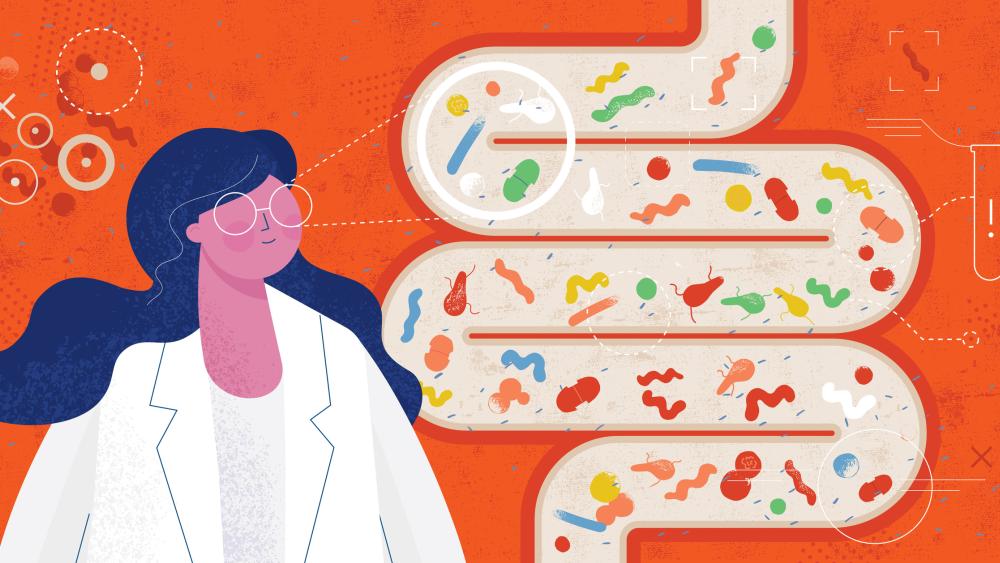The researchers focused specifically on 2,3,7,8-tetrachlorodibenzofuran (TCDF), a widespread persistent organic pollutant (POP) that is a byproduct of waste incineration, metal production, and fossil-fuel and wood combustion.
Because the tree absorbed it? Anyone know?
Probably just combustion byproduct in general.
According to the 100% acurate and never wrong Chat GPT
2,3,7,8-Tetrachlorodibenzofuran (TCDF) is not naturally present in trees or wood. It is a byproduct of the combustion process, particularly when wood or other organic materials are burned in the presence of chlorine or chlorine-containing compounds. TCDF belongs to a group of toxic compounds known as dioxins and furans, which are produced when chlorinated materials are burned at certain temperatures.
In wood combustion, the presence of chlorine (from treated wood, certain environmental pollutants, or contaminants in the wood) can lead to the formation of these compounds. The specific structure of TCDF forms during combustion due to the interaction of chlorine with organic molecules in the wood under high temperatures.
So, TCDF is a result of the combustion process rather than a component of the tree itself.
And followup:
is chlorine typically used in treating wood?
ChatGPT said:
Yes, chlorine-based compounds have historically been used in some wood treatments, although their use has become more restricted over time due to environmental and health concerns.
So uh don’t burn wood scraps from old houses I guess.
Old pressure treated wood has arsenic. Paint on the wood may contain lead.
You should use > for quotes, 4 space indents render as code blocks and don’t wrap in some clients
this
vs
thisIt’s a kinda large block of text so when I accidently clicked the wrong button I just kinda left it.
It’s fixed now.
I’m confused, why is it classified as a forever chemical? It’s not PFAS.
“Forever chemicals” are a category. It’s not a term that’s meant to be synonymous with PFAS. PFAS is just an example of one.
Interesting. Thanks!
Yep, @[email protected] knows what’s up. PFAS are one group of forever chemicals. While 2,3,7,8-tetrachlorodibenzofuran (TCDF) shares many characteristics with “forever chemicals” like PFAS, including persistence, bioaccumulation, and toxicity, it belongs to a different chemical class (Persistent Organic Pollutants aka POPs). Nonetheless, its environmental and health impacts are significant, and efforts are needed to reduce its presence in the environment!






